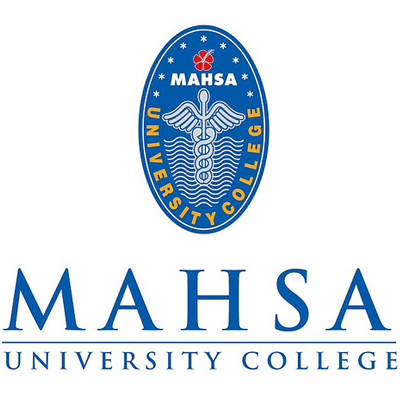
The Medical Imaging Department started with the Diploma Course in Medical Imaging in January 2006. In July 2007, Medical Imaging Department received 1st batch of students from The Ministry of Health Malaysia in its outsourcing program. Programs conducted:
Medical imaging refers to the techniques and processes used to create images of the entire or parts of the human body for clinical purposes which include medical procedures seeking to reveal, diagnose or examine diseases or for medical examination which includes normal anatomy and physiology.
In the clinical context, medical imaging is generally refers to radiology or “clinical imaging” and the medical practitioner responsible for interpreting (and sometimes acquiring) the images are the radiologist. Diagnostic radiography designates the technical aspects of medical imaging and in particular the acquisition of medical images. The radiographer is usually responsible for acquiring medical images of diagnostic quality.
Medical imaging uses techniques that non invasively produce images of the internal aspect of the body. In radiography, x-ray radiation which is absorbed at different rates in different tissue types such as bone, muscle and fat which then forms the images.The specialized procedure in radiography includes Computerize Tomography, Angiography and mammography, Other modalities in medical imaging are, Magnetic Resonance Imaging, Radionuclide Imaging and Ultrasonography. In the case of ultrasonography the probe consists of ultrasonic pressure waves and echoes inside the tissue show the internal structure.
Radiography is a career suited for people with an interest in the application of science and technology in a caring environment. Radiographers work in multi-professional teams but they also undertake independent role, developing their specialist expertise.
The Ministry of Health Malaysia employs 80% of all radiographers, with other opportunities in private clinics and industries. There are about 2000 radiographers in Malaysia.
Radiographers generally work in hospital diagnostic imaging departments producing high quality images of the internal structure and workings of the body which are used to detect and monitor disease processes and the effects of trauma. They use highly sophisticated technical equipment and are closely involved in patient care. Other areas requiring imaging procedures include:
Radiographers may get employment at either government or private hospitals. Job opportunities at government hospitals and private hospitals are good.
Source :MAHSA University